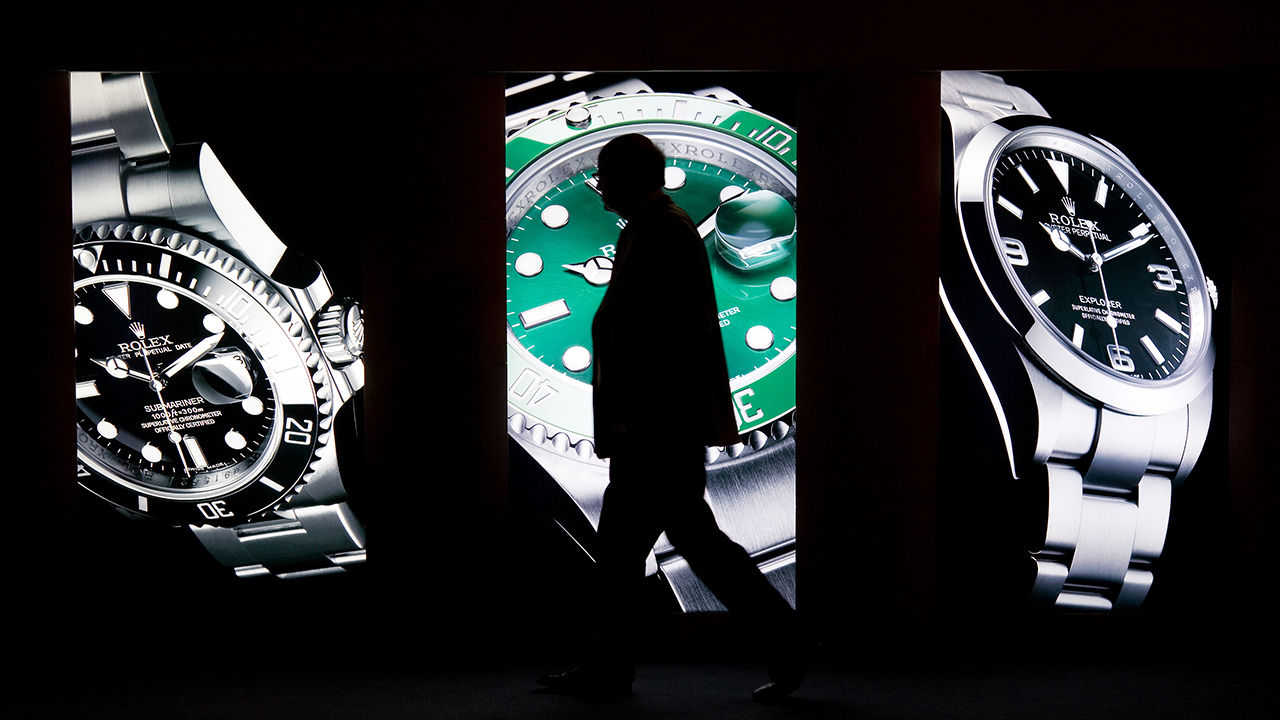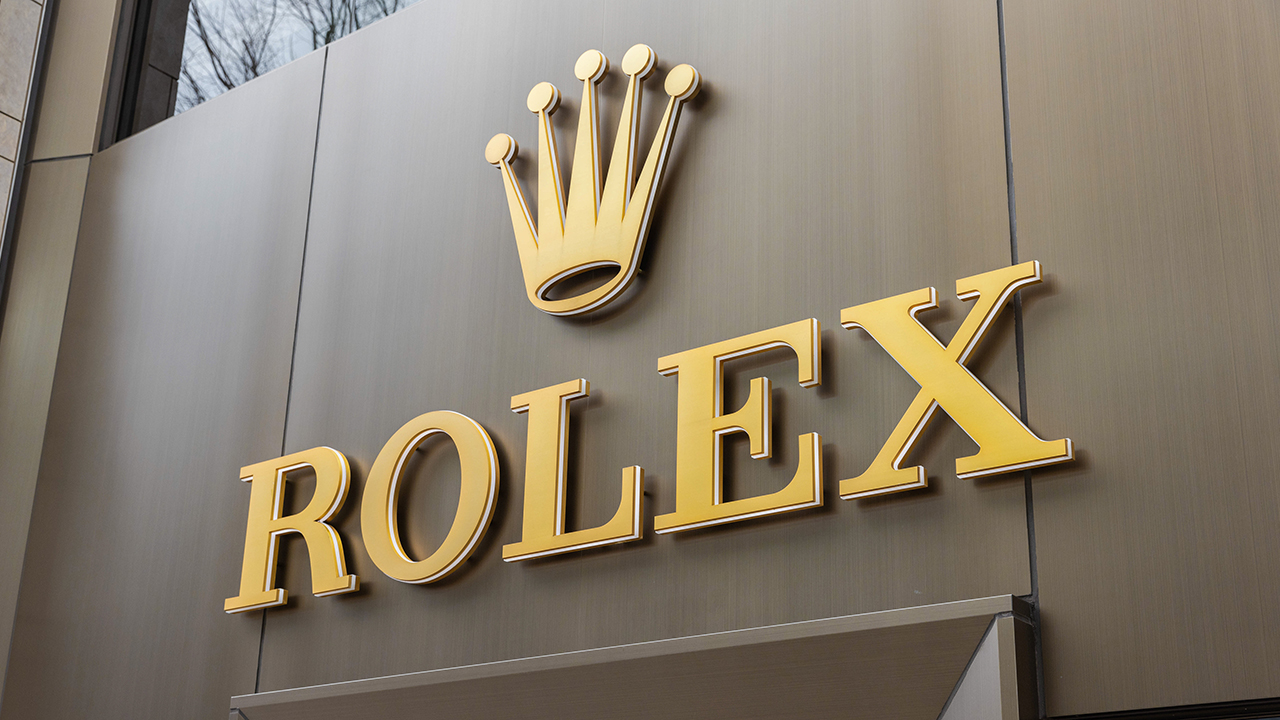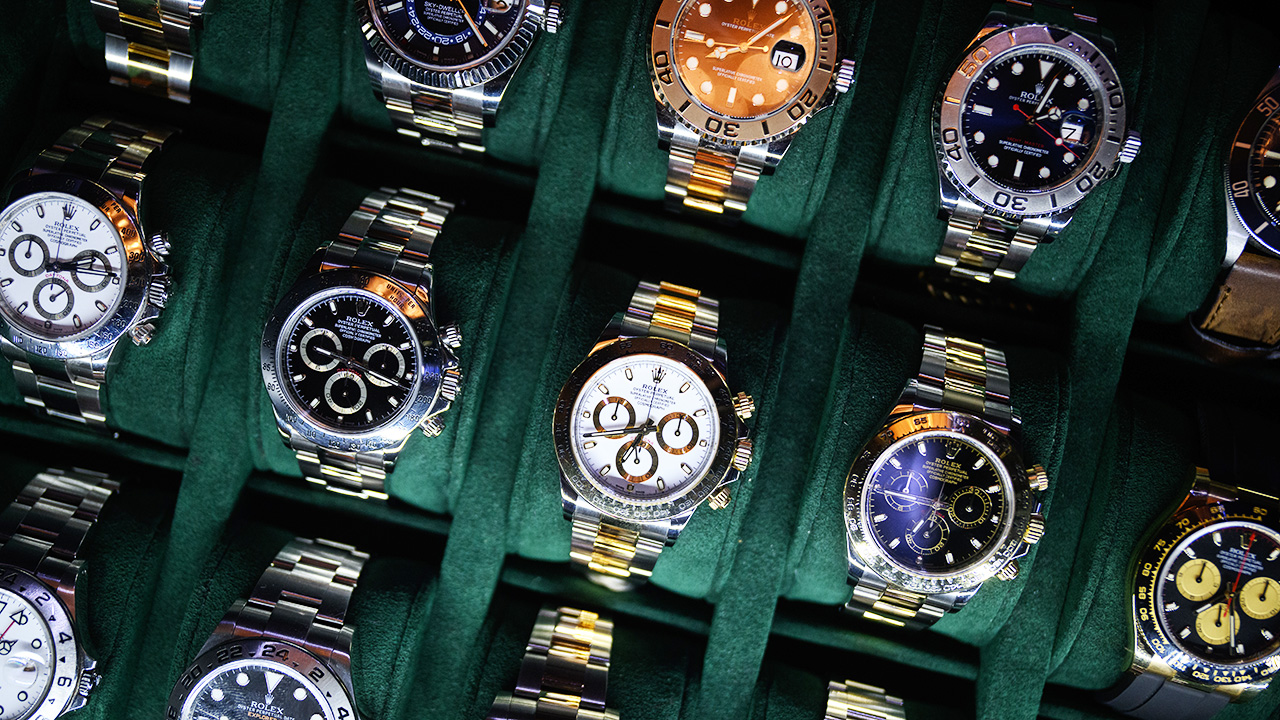Everything

Luxury Swiss watchmaker Rolex has been levied a €91.6 million (AU$148,181,667.53) fine by France’s Haute Autorité de la Concurrence, according to reports overnight. The sanction was imposed after it was determined that Rolex prohibited authorised distributors from selling its products online for over a decade. This restriction, deemed serious by the national competition regulator, effectively shut down a vital sales avenue. This decision comes as the online market for luxury goods, including watches, has seen significant growth in the past 15 years.
France’s antitrust agency found that Rolex’s justification for the ban, which was to prevent counterfeiting, did not hold up. The regulator pointed out that other luxury brands have successfully implemented technological solutions to sell online while safeguarding against counterfeit products. Furthermore, the regulator noted that Rolex’s own program for the online sale of certified pre-owned watches contradicted its argument for an absolute online sales ban.

Despite the ruling, Rolex faced no penalties concerning alleged price restrictions, as the regulator concluded that there was insufficient evidence to prove that Rolex France restricted the pricing freedom of its retailers.
Rolex has chosen not to comment on the decision. The regulator has held Rolex France, along with Rolex Holding SA, Rolex SA, and the Hans Wilsdorf Foundation, jointly responsible for the violation.
To perhaps give context as to how we ended up here, Rolex is renowned for crafting some of the most iconic, and coveted, watches in history. Notable examples include the Rolex Submariner, known for its classic and robust design, the Rolex Daytona, famed for its precision in timing, and the elegant Rolex Datejust, a symbol of timeless style.

The Swiss watchmaker, reputed for producing approximately a million watches annually, faces a peculiar dilemma: their creations are in high demand, yet the supply seems insufficient. Despite this, Rolex insists that “the scarcity of our products is not a strategy.” They attribute their limited output to stringent quality control and high standards, essential to maintain the integrity of their products. Consequently, customers worldwide are left to engage in what’s known as the ‘AD games’—strategies believed to increase chances of acquiring a watch from an authorized dealer. These methods include building a purchase history by buying less sought-after models or buying multiple watches at once.
This fine underscores the changing dynamics of luxury goods marketing and the importance of adapting to new retail landscapes.